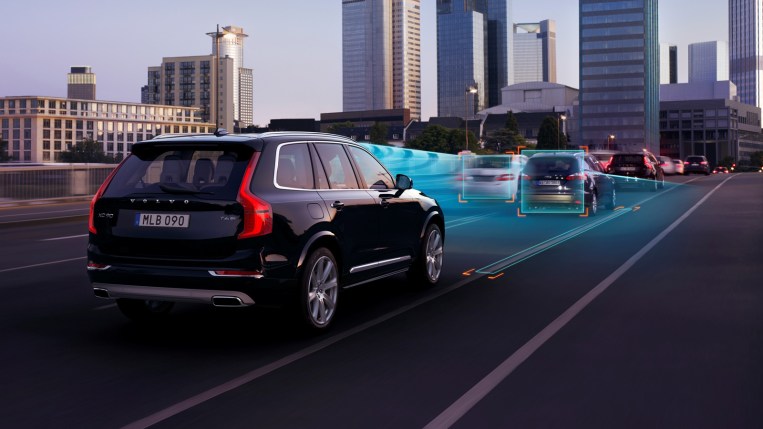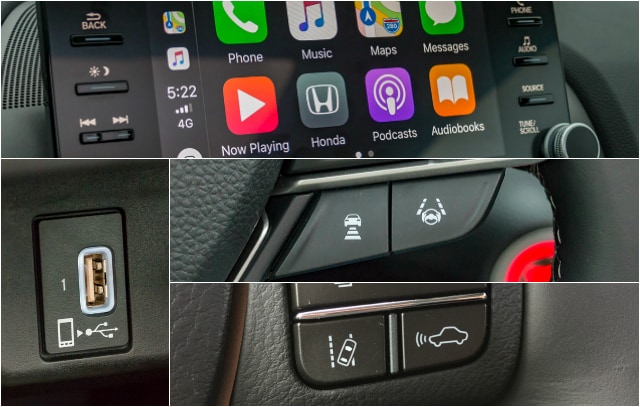
These days, the electronic technology you find in a car is almost as important as what’s under the hood. These systems are key to everything from safety and security to connectivity and communication. And as cars become more sophisticated, it directly affects how you interact with your vehicle.
We’ve put together this list of the best automotive technologies to look for when buying a new car. There are safety features on this list that you will hopefully never use but can take comfort in knowing they’re there. Some make it easier to park, and others to stay connected to the outside world. The ideal tech features will make life on the road easier without causing driver distraction.
Here is our list of the 10 Best Automotive Technologies of 2021.
1. Advanced Driver Assist Systems
Several automakers offer technology that can quickly react to hazards, reduce driver fatigue, and make life easier in traffic. It will even park the car for you. These systems often come in bundled suites, such as Ford’s Co-Pilot360, Subaru’s EyeSight, and Toyota Safety Sense, but many are also standalone options.
Look for key features, such as:
- Adaptive cruise control: Keeps your vehicle at a set speed but slows down or accelerates to keep a safe distance from the car in front of you.
- Lane departure warning: Alerts you when your car is drifting into another lane.
- Lane-keep assist: Uses steering to keep your car in the lane.
- Blind-spot alert: Lets you know when there’s a car in your blind spot.
- Cross-traffic alert: If you’re backing out of a parking space or driveway, this will let you know if there is cross traffic. Some systems show from which direction the other car is coming.
- Reverse brake assist: If it senses an object behind your car while backing up, reverse brake assist can stop your car to avoid an accident.
2. Automatic Emergency Braking
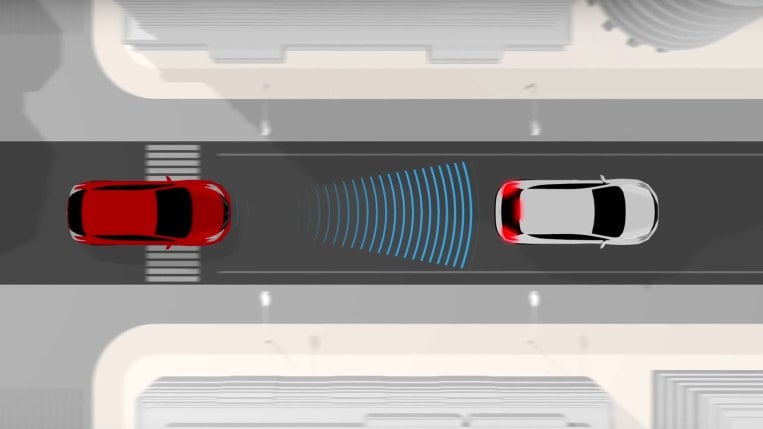
When the car senses that a collision is imminent, Automatic Emergency Braking (AEB) activates your car’s brakes, potentially avoiding or minimizing an accident. AEB can react faster than a person and can start working before you hit the brakes. If you are braking and it senses you need to stop sooner, AEB can also brake harder than the pressure you’re applying. While AEB is part of many advanced driver assist systems, this is an essential system that may be a standalone feature, and it should be considered a high priority. Up to 20 manufacturers have committed to making AEB standard across their vehicle lines by September 1, 2022.
3. Connected Mobile Apps/Digital Key
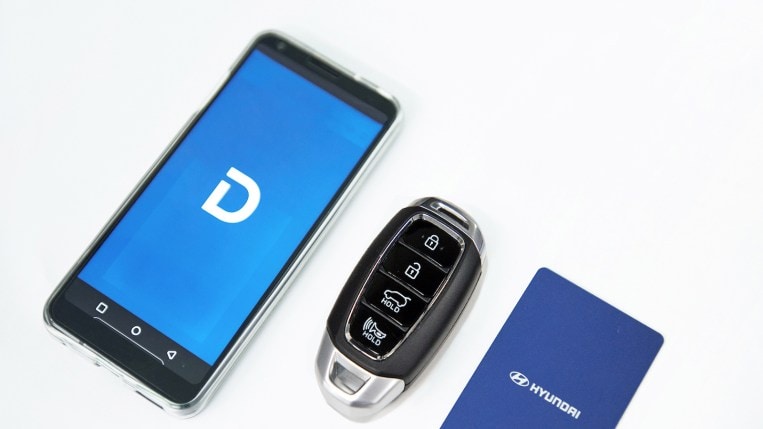
Our cell phones are a key part of our lives, so it makes perfect sense for carmakers to take advantage of smartphone capability. Most carmakers offer connected smartphone apps, but some are better than others. The most advanced ones let you remotely lock and unlock the doors, check the status of fuel level and tire pressure, and even remotely start the car – which is especially nice on a cold winter’s morning. The digital key has extra security measures built in that tie only your phone to your car.
Make sure to ask if there is a monthly or yearly subscription fee for the service, as it can vary from carmaker to carmaker.
4. Teen Driver Technology
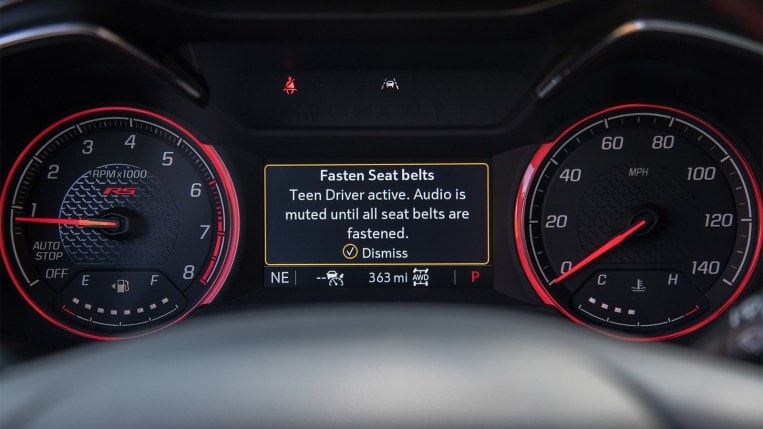
While only one company currently offers the Teen Driver suite of features, it’s a big one: General Motors. That means that some Chevrolet, GMC, Buick, and Cadillac cars, trucks, and SUVs are available with this bundle. Teen Driver serves as a safeguard for new drivers, putting parents’ minds at ease when handing over the key fob. The system can notify you if the car is driven over a certain speed, disable the audio if seatbelts aren’t in use, filter out explicit content (if your car comes with SiriusXM Satellite Radio), and can set a volume limit on the sound system. There’s even a Report Card that will tell parents if safety systems like ABS or forward collision alert have been triggered while your kid was behind the wheel.
5. Exit Warning to Protect Cyclists
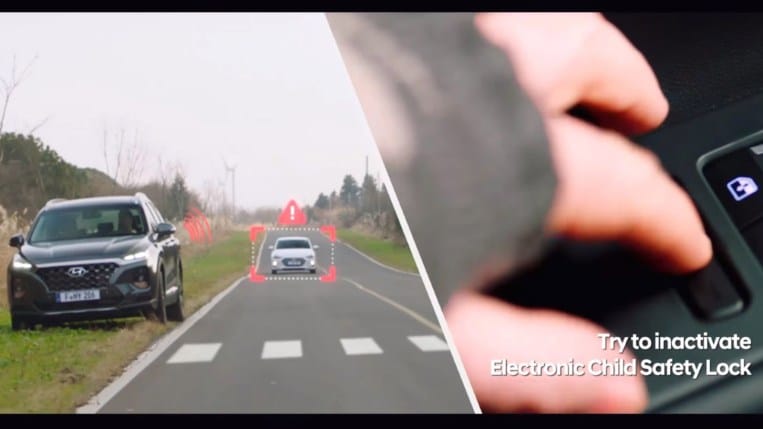
Riding a bike is a constant challenge in the city. Riders have to be as concerned with parked cars as they are with the moving vehicles. A feature that helps riders and drivers alike is the exit warning. The alert uses rear-looking sensors to detect approaching bicycles and traffic. That ensures that a passenger doesn’t open a car door just as a cyclist comes by.
Exit warning systems work for several minutes after the engine shut-off. If the sensors see an approaching bicyclist or vehicle, they alert the passenger with a series of bright lights. The most advanced systems will physically lock the door to prevent it from being swung open into the path of the approaching object.
6. Wireless Smartphone Charging and Connectivity
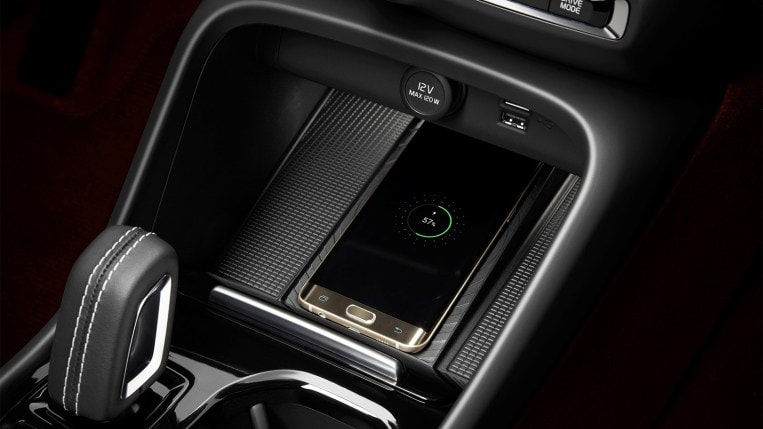
The combination of wireless smartphone connectivity and charging is available in more models than in the past, but it’s more common on higher trim levels and luxury models. If you want to charge your phone while on the go in a car with a more reasonable price, look for a car with just wireless charging. This system typically uses a charging pad where you rest your phone. One of the better-known types is called Qi. It’s quick and easy to set up and use.
7. 360-Degree Camera
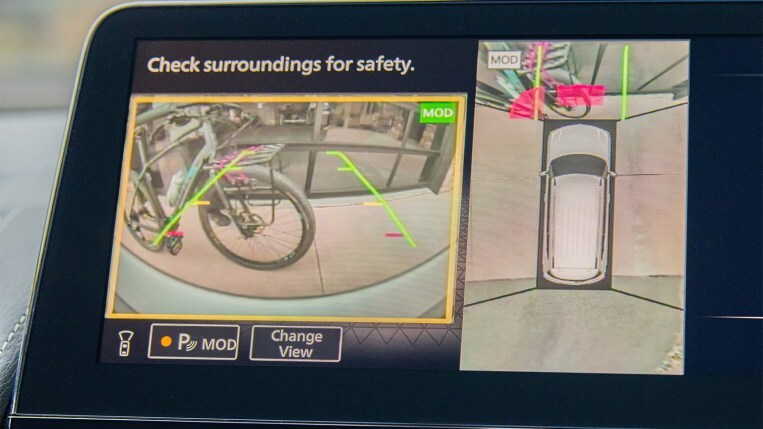
While rear cross-traffic assist helps to avoid collisions when backing out of a parking space or driveway, a 360-degree camera can make sure you don’t hit anything while you’re parking. Not only can this keep your car scratch- and dent-free, but it can reduce insurance claims from low-speed crashes. This camera is a great help when parking a large vehicle.
By combining cameras on every side of the car with some clever tech, your car’s display can show a virtual top-down view of your surroundings. It can show the sides of your garage or whether you’re between the parking lines at the grocery store. It can also provide invaluable assistance while parallel parking.
You can find these camera systems on a wide range of vehicles, many of which are moderately priced.
8. Video Rearview Mirror
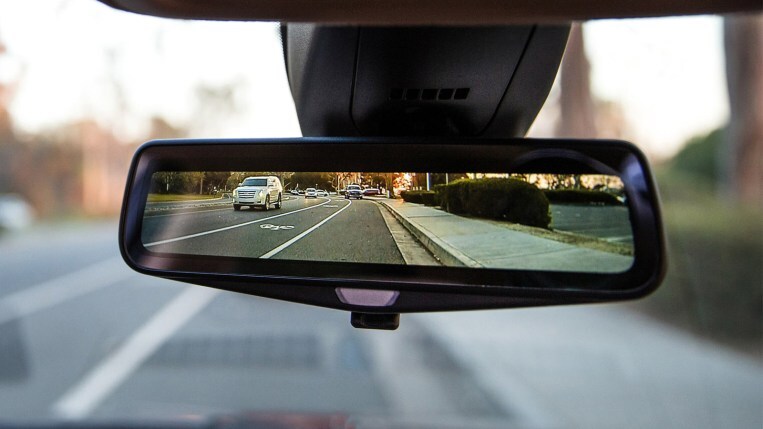
Have you ever had to come back from a supply run with so much stuff in your car’s interior that it blocks the rear window, making the rearview mirror useless? A video rearview mirror uses a rear-mounted camera to display the view behind the car. This type of mirror is in the same spot as the traditional mirror and is the same size, but you can toggle between the mirror view or the video setting when you want to use it.
9. Stolen Vehicle Tracking Software

More than 720,000 motor vehicles were stolen last year. Yes, that number sounds shocking, but more than 56 percent were recovered. That percentage is up significantly from even a year ago. Much of the credit goes to innovative built-in technology that enables law enforcement to find them.
The technology is part of the assistance and security systems such as Subaru Starlink, Kia UVO, Hyundai Blue Link, and GM OnStar. In addition to providing diagnostics, concierge, and post-crash notification for summoning rescue services, they can pinpoint a vehicle’s exact location.
10. Blind-Spot View Monitor
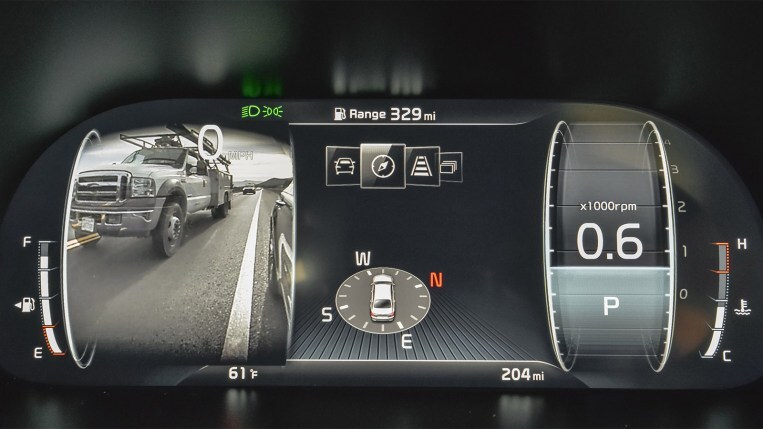
Many drivers like the idea of having an easy-to-view screen that shows you what’s on either side of your car when you prepare to change lanes. The video-based blind-spot view monitor uses a small camera on either side of your car to display what traffic may be in the lane next to you. These warnings can help prevent you from hitting another car or a person on a bicycle or motorcycle. There are different versions of this technology, but we prefer easy-to-see displays within the gauge cluster, such as in Genesis, Kia, and Hyundai vehicles.
